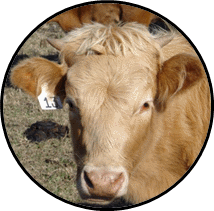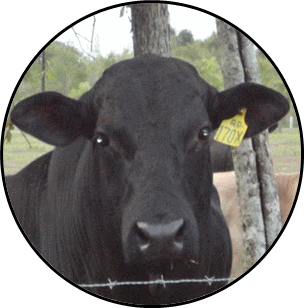
Shetland Sheep Characteristics
Shetland Sheep have lived on the Shetland Islands for more than 1,000 years, adapting well to the harsh environment and thriving in the cold, wet climate. They were probably brought to the Shetland Islands by Viking settlers and the Viking sheep interbred with a primitive sheep already on the Shetland Islands. Historically, only a few Shetland sheep were exported, and it was not until recently that Shetland flocks on the British mainland and in other countries were established.
Shetland Sheep are a primitive, unimproved breed noted for its natural hardiness, lambing ease, longevity, and ability to survive under harsh conditions. They are small-bodied animals with no wool on their face, nose, or legs, having small, erect ears and medium length, finely boned legs. A distinguishing feature is their short, fluke-shaped tail. Rams weigh 90–125 pounds, and ewes weigh 75–100 pounds. Most rams have spiraled horns, while most ewes are polled.
Shetlands are a charming, calm, curious, and easily managed breed. The Shetland is an intelligent sheep and is very good at recognizing and remembering human faces. Sheep can also distinguish human emotions and emotional changes on sheep faces. They can identify at least 50 different faces, and remember them for two or more years. Shetland Sheep enjoy human attention and most of our sheep wag their tails when petted! Our sheep baa at us whenever they see us.
Shetland Sheep are a triple purpose sheep, producing wool, meat, and milk. Shetland wool is fine, soft, strong, and has a wide range of colors, making it favored by fiber artisans. Fleeces average two to four pounds and vary in crimp from wavy to straight. Shetland meat is lean, tender and mild flavored. Sheep produce the creamiest milk, which also makes deliciously succulent cheese. They have naturally homogenized milk, which makes it easier to digest than other milk.
Most Shetland Sheep in North America descend from G.D. Dailley’s 1980 importation of 32 sheep from the Shetland Islands to Ontario, Canada. He imported 28 ewes and 4 rams with help from the Rare Breeds Survival Trust. The sheep colors were black (2), blue/grey (4), moorit (9), and white (13). This is the base of Shetland flocks in North America today. The first U.S. importation from Canada was in 1986 and Shetland Sheep's popularity has increased since that time.
An important characteristic of Shetland Sheep is their beautiful wool. As part of its heritage, Shetlands produce fleece with a great variety, both from an individual animal and within each flock. Shetland fiber can range from an incredibly fine, soft fiber found around the neck to coarser, wool used to make rugged, warm fabrics like outer garments. Fleece colors range from white to gray to black, and from light fawn to dark brown. Some fleeces are blends of several hues.
The Fine Fleece Shetland Sheep Association (FFSSA) was formed to preserve, protect, and promote the Shetland Sheep 1927 Breed Standard as clarified by Appendix A in the United States and Canada. It consists of breeders who are working towards breeding Shetland sheep that maintain the highest quality in fleece type, conformation, and breed characteristics without losing the primitive hardiness and mothering ability the breed is known for.
Shetlands retain many of their primitive survival instincts, so are easier to care for than many modern breeds. They don't require expensive feeds, rich pastures, or top quality hay. Our flocks’ favorite treats are watermelon and cantaloupe rinds, celery, and cauliflower leaves. Shetland ewes are excellent mothers and lambing problems are rare. Healthy lambs are born weighing around 4 to 8 pounds and grow rapidly because their moms produce plentiful milk.







